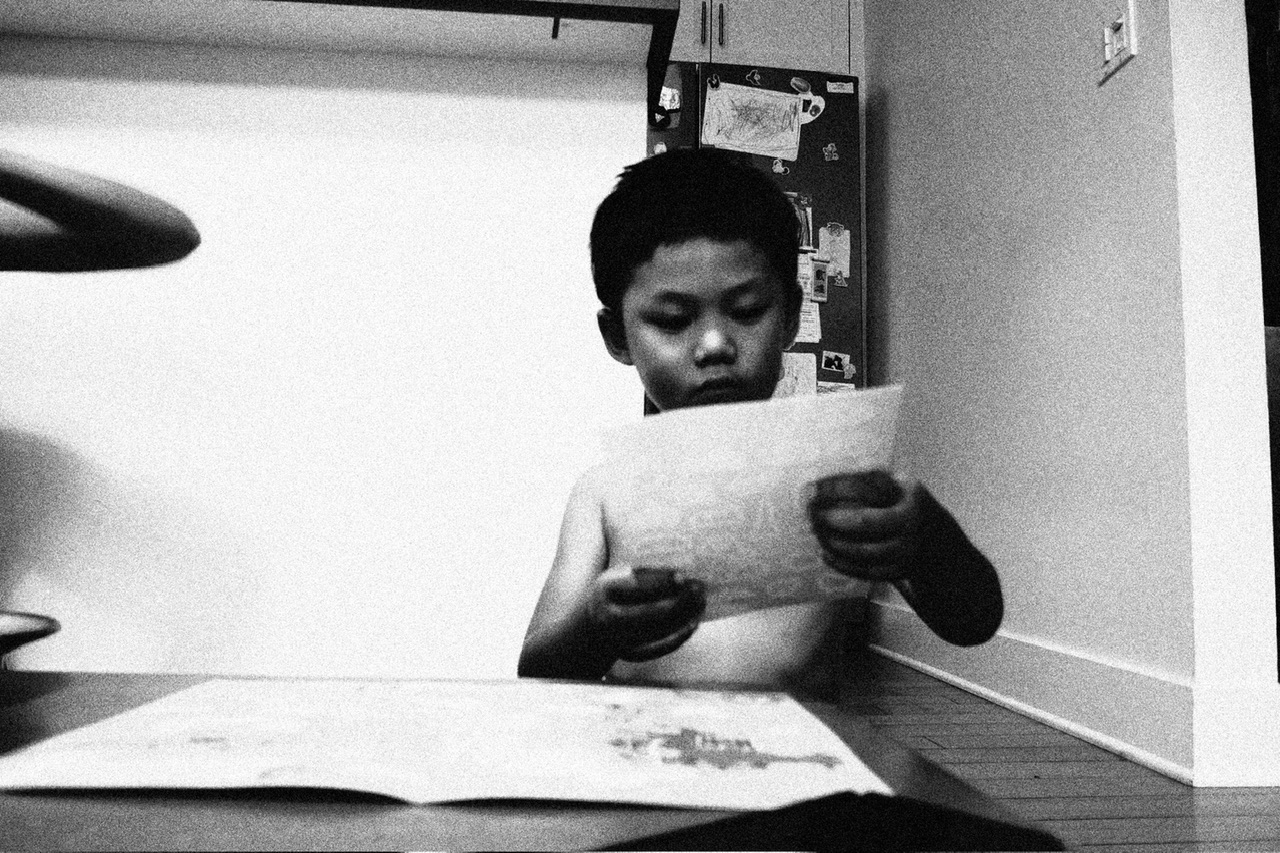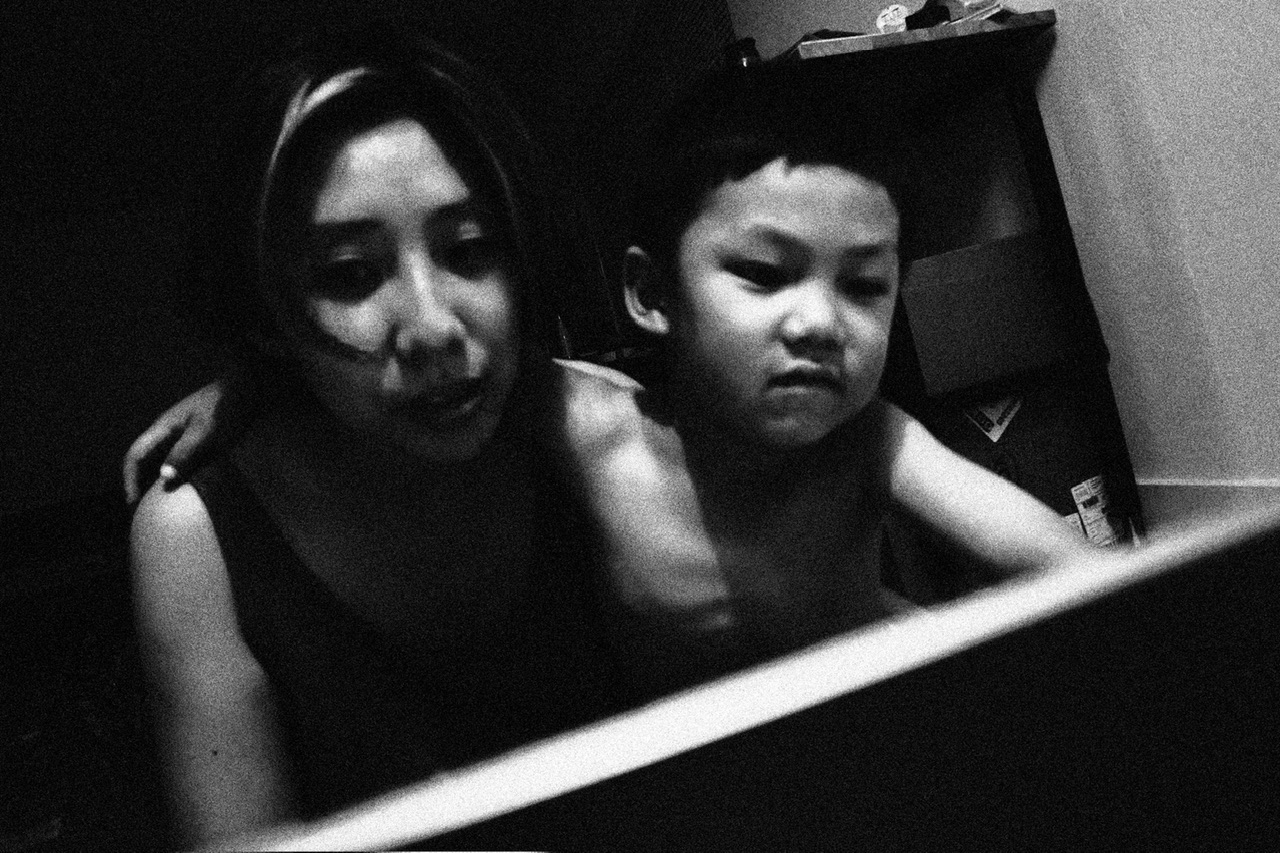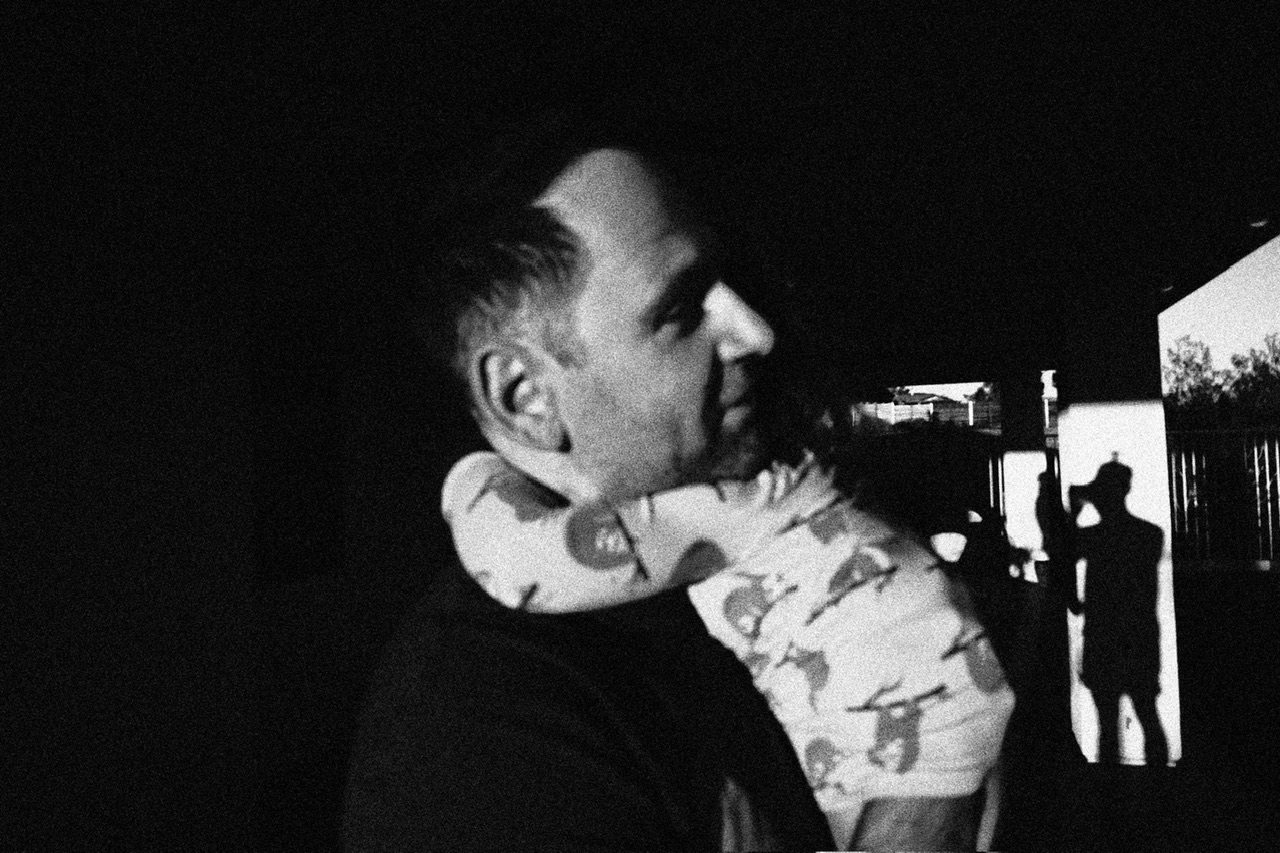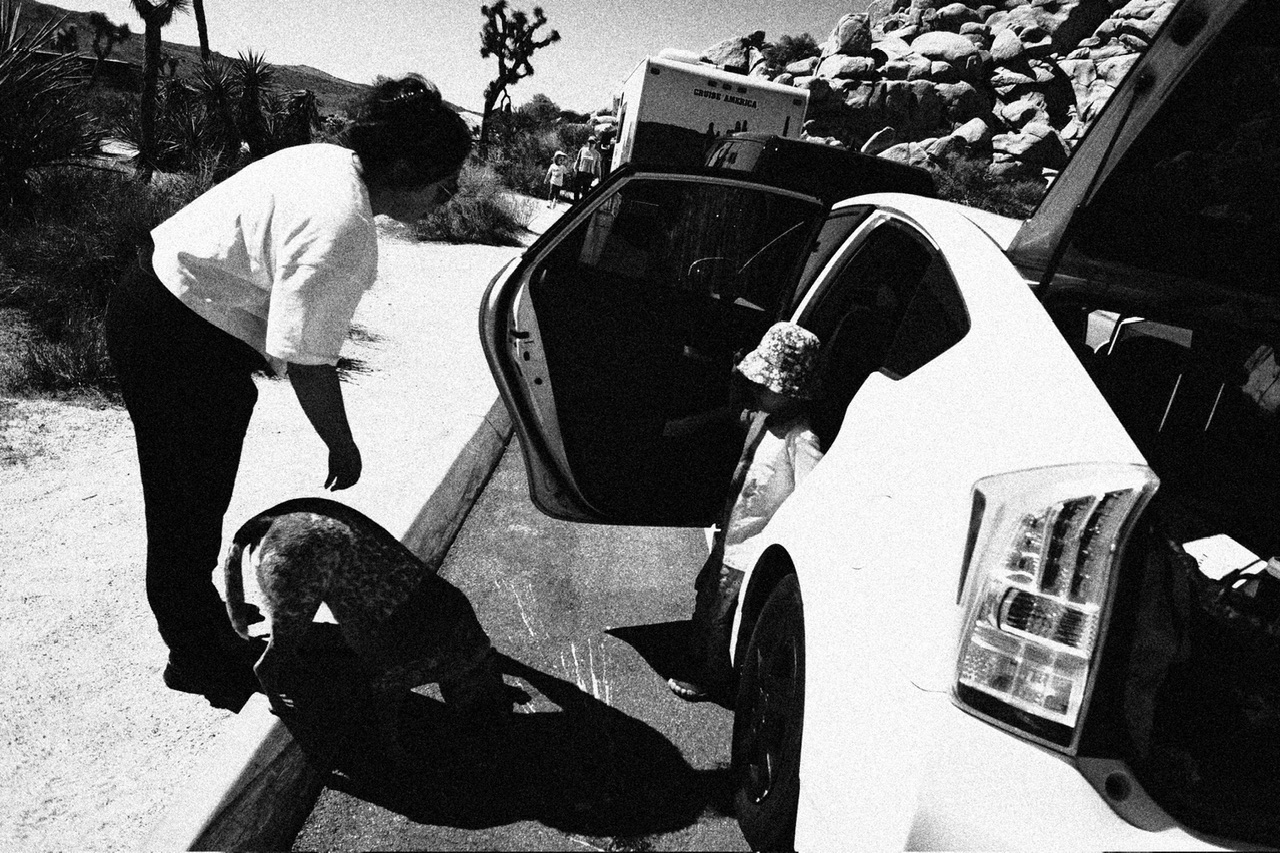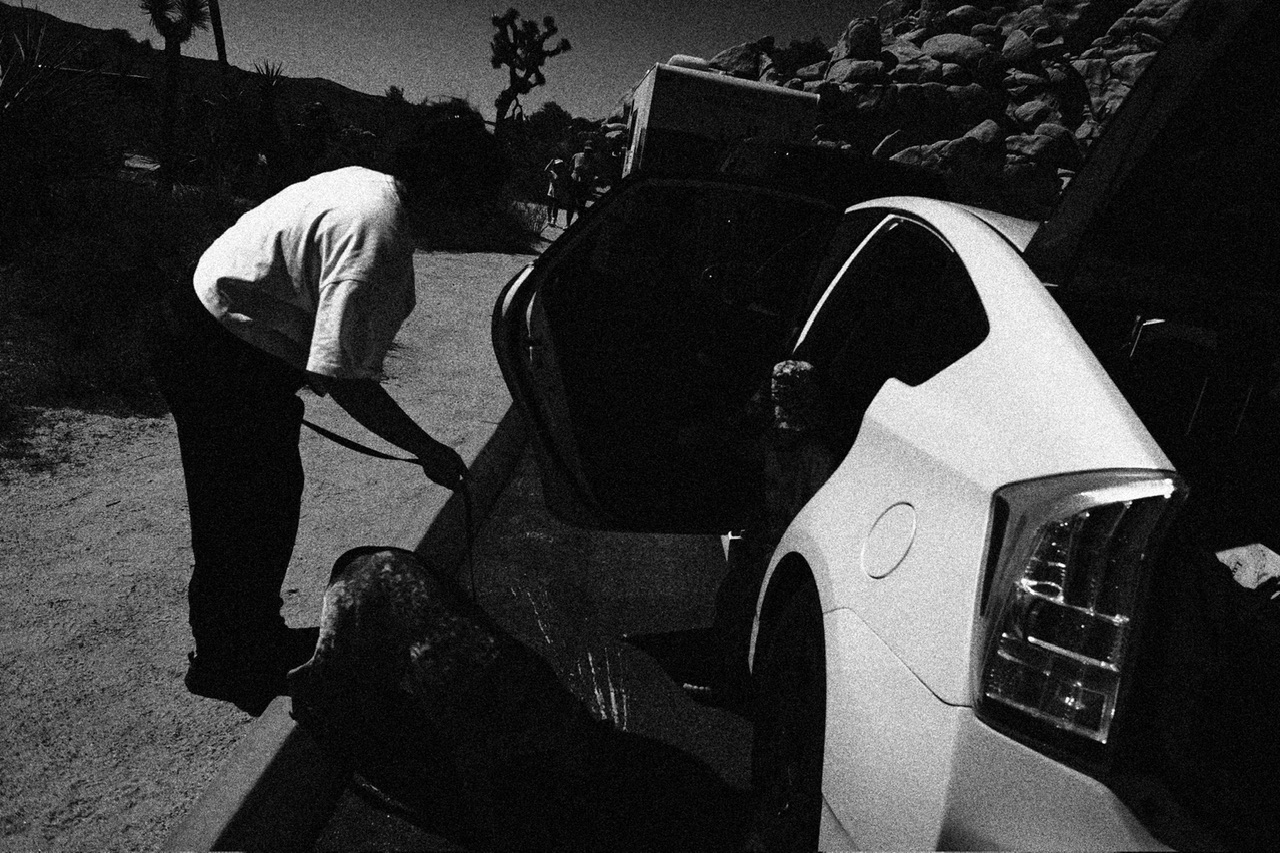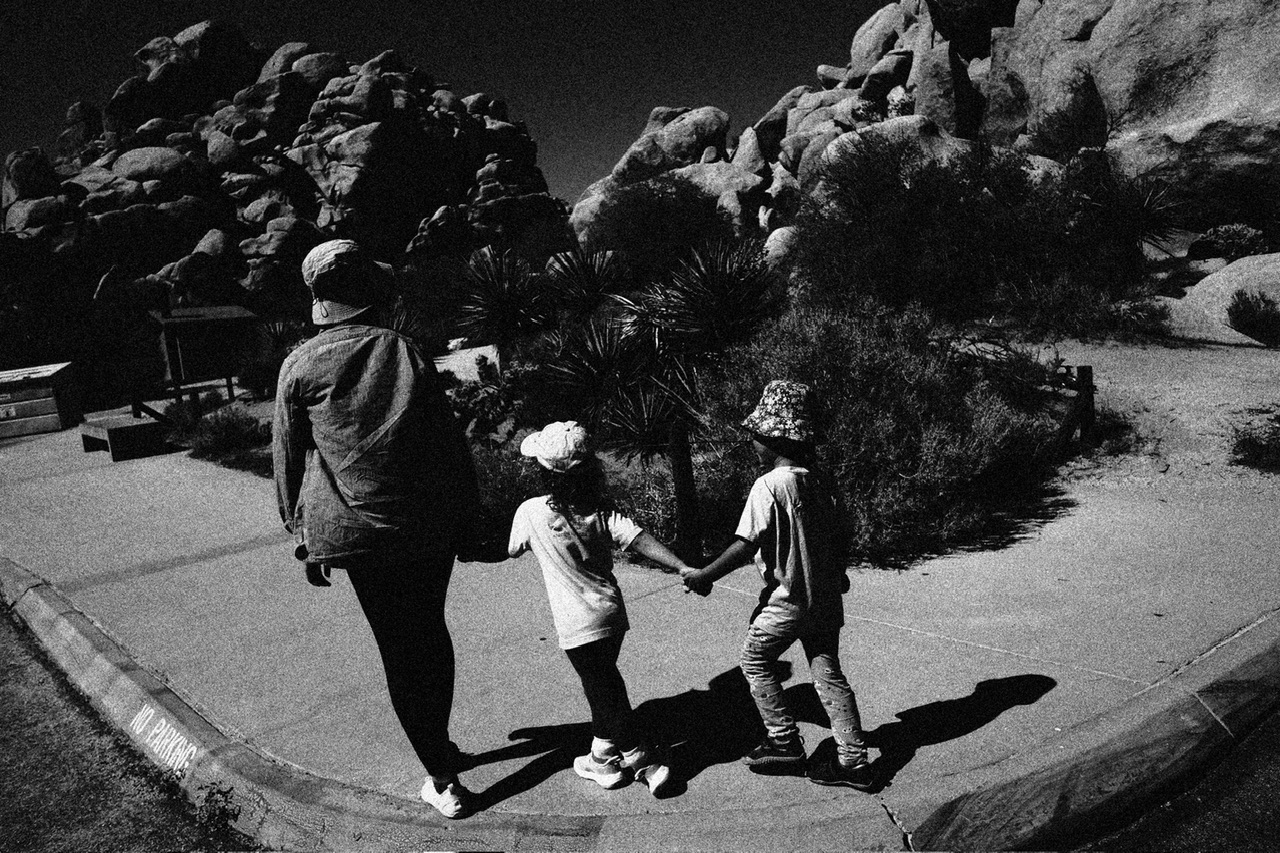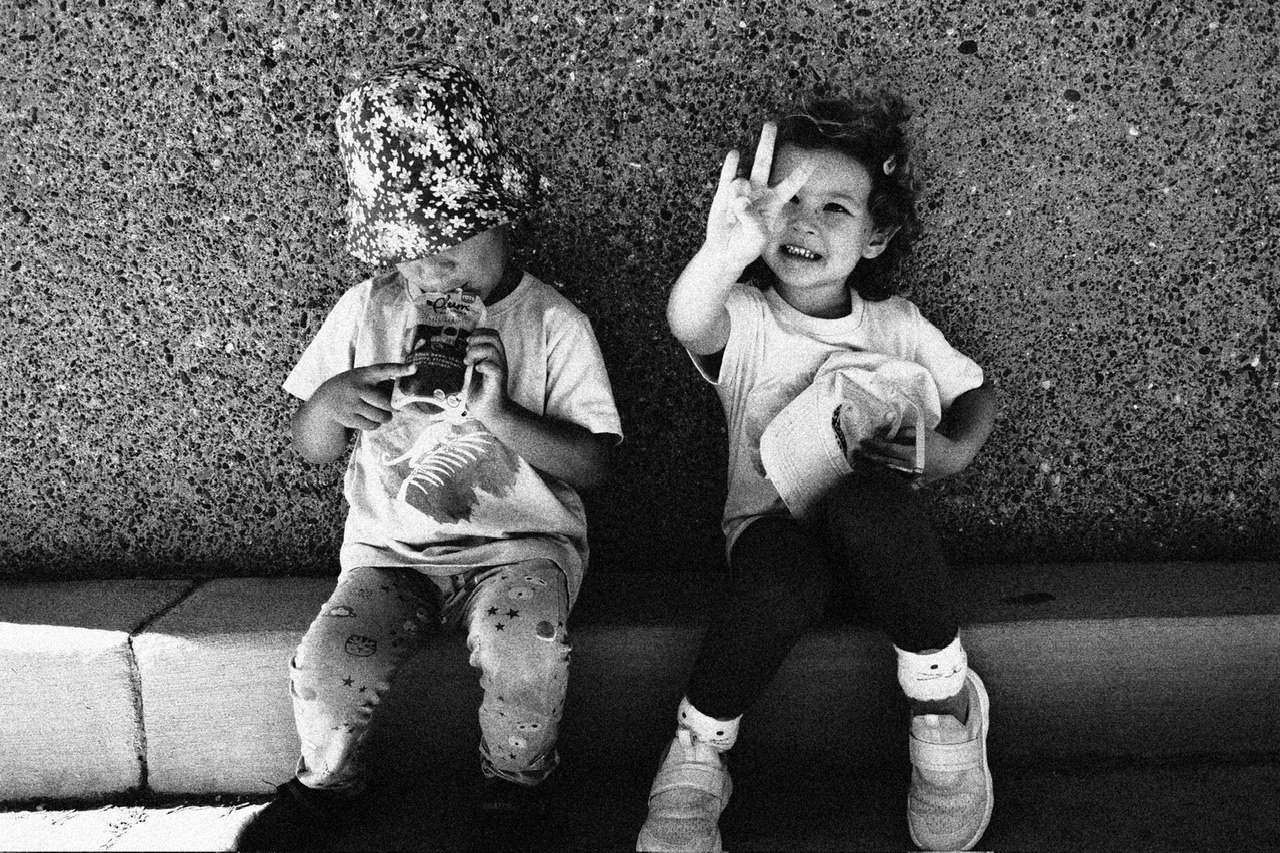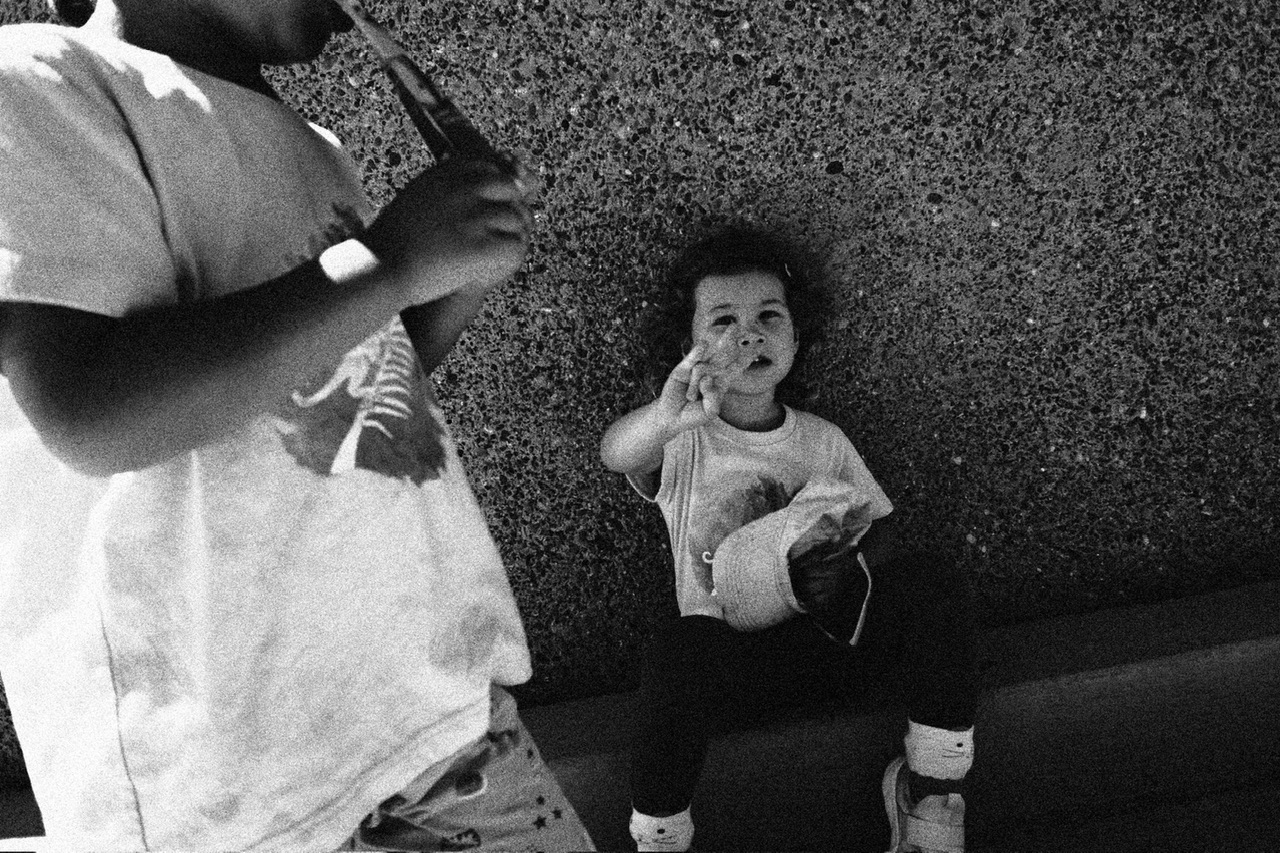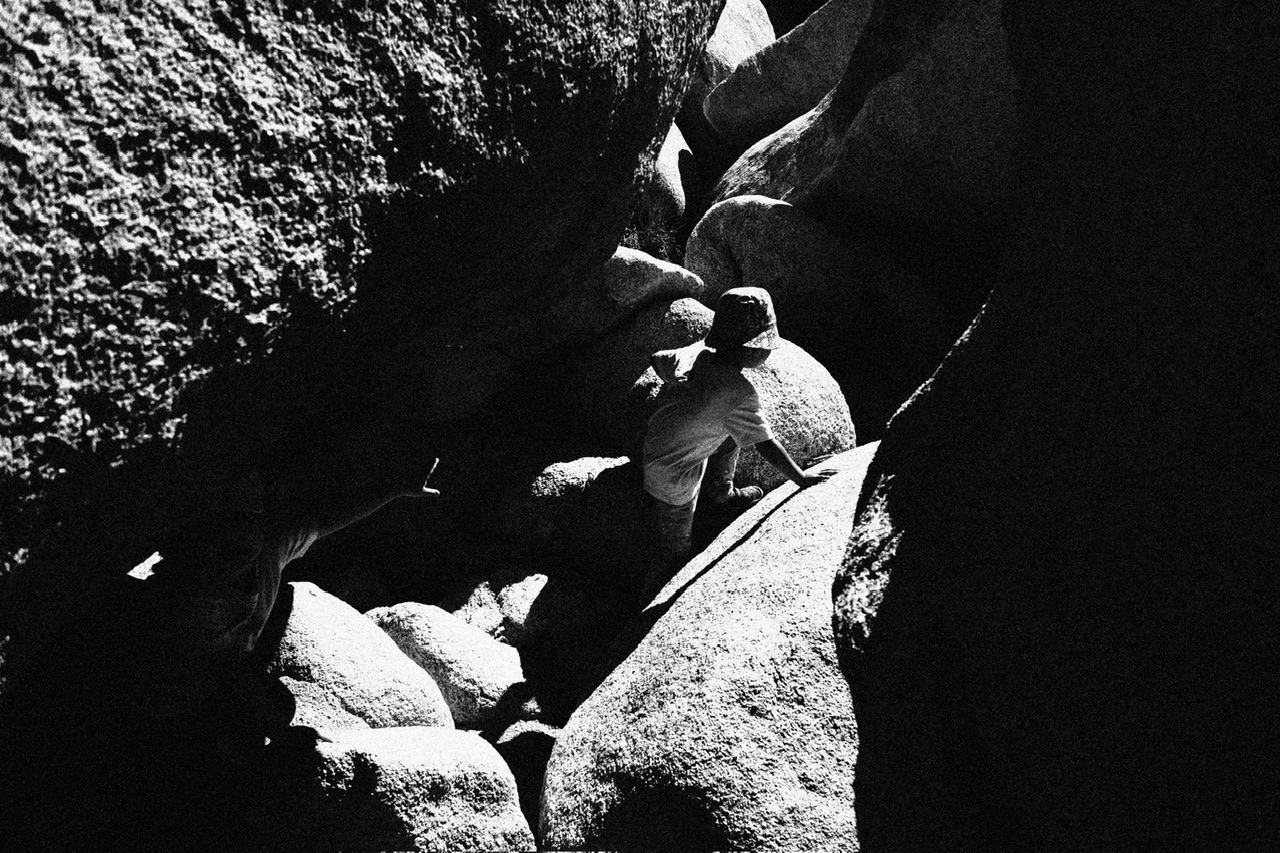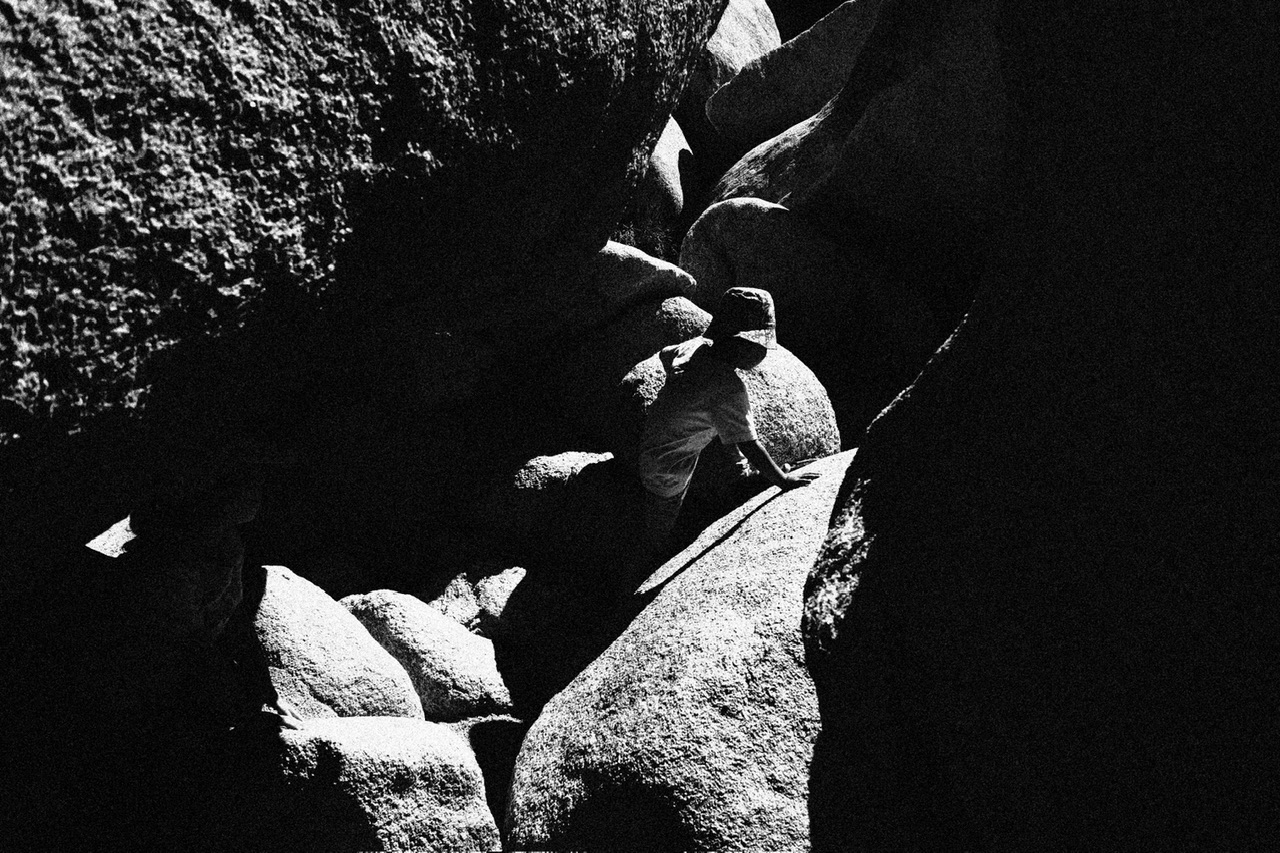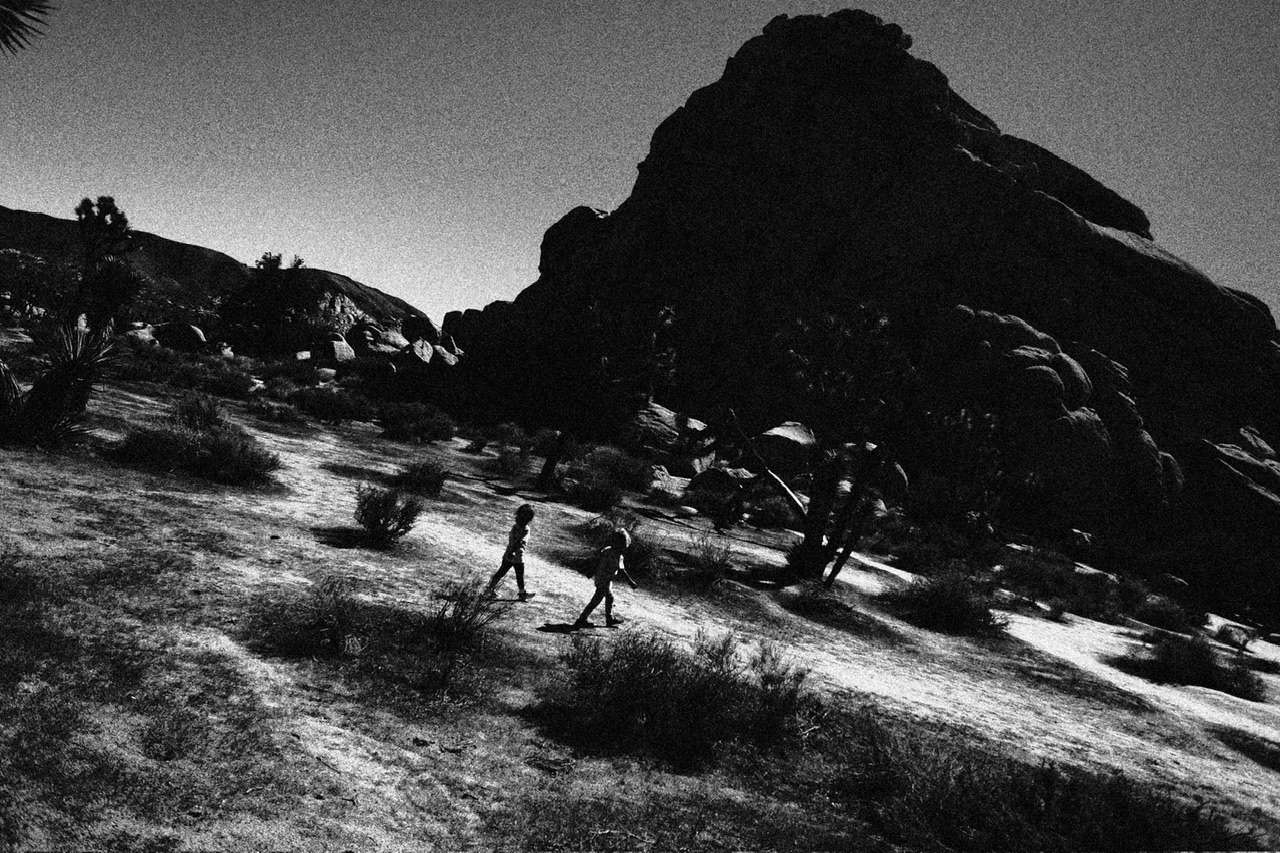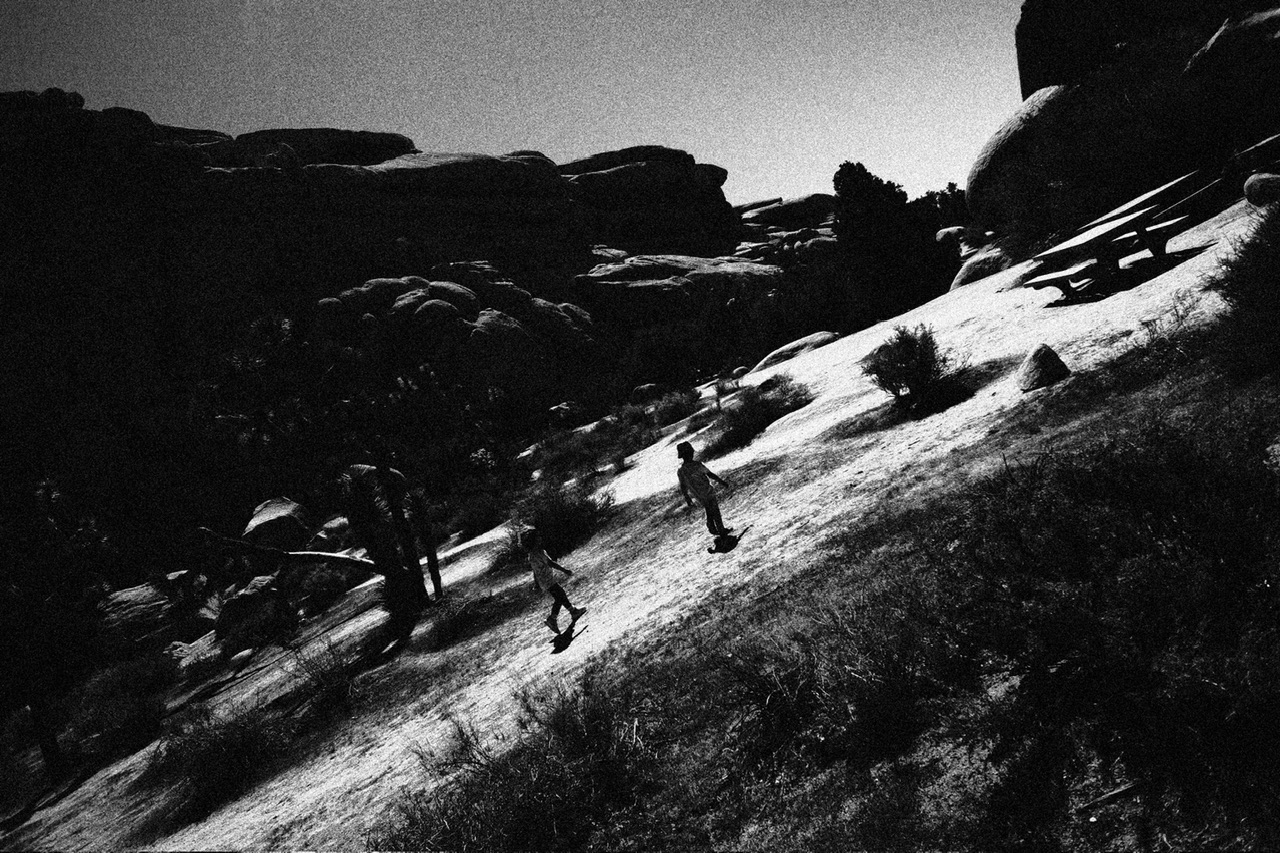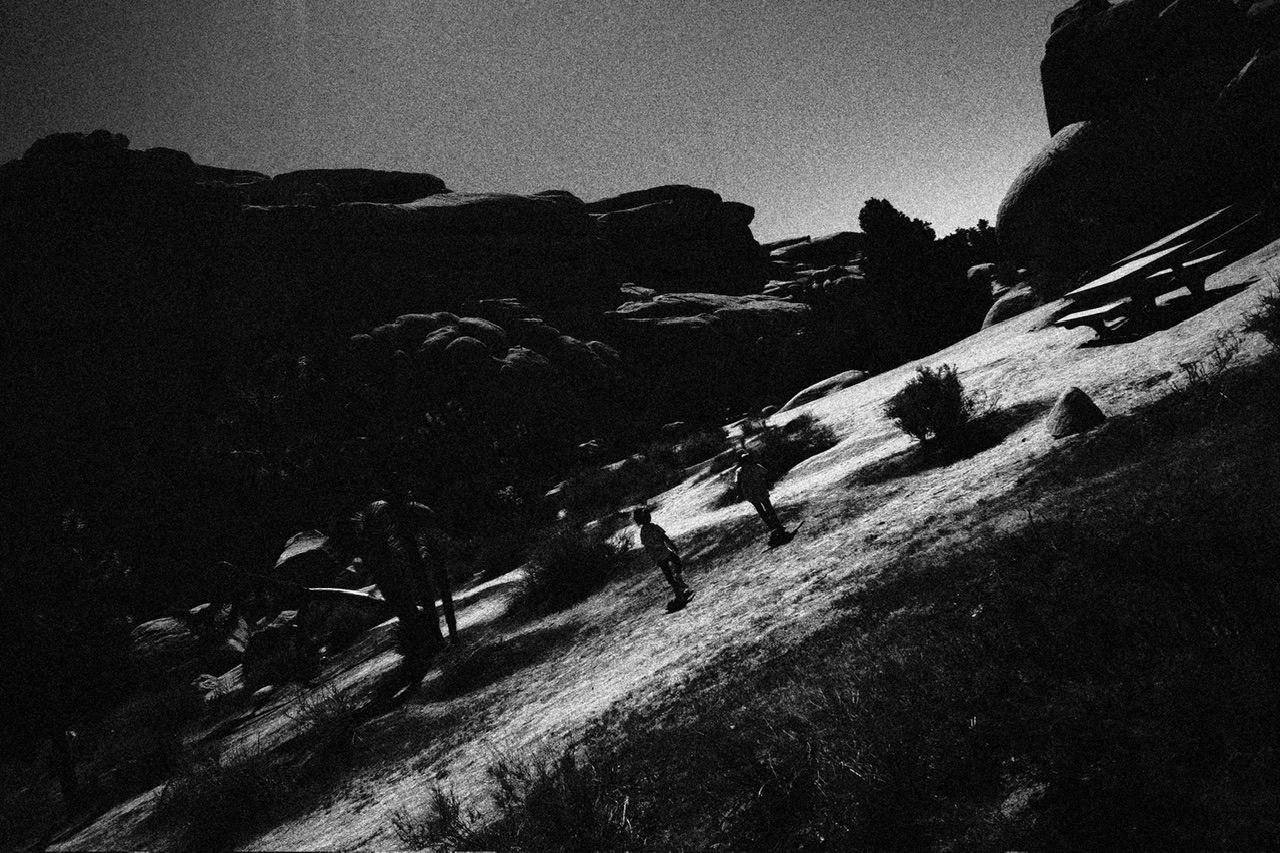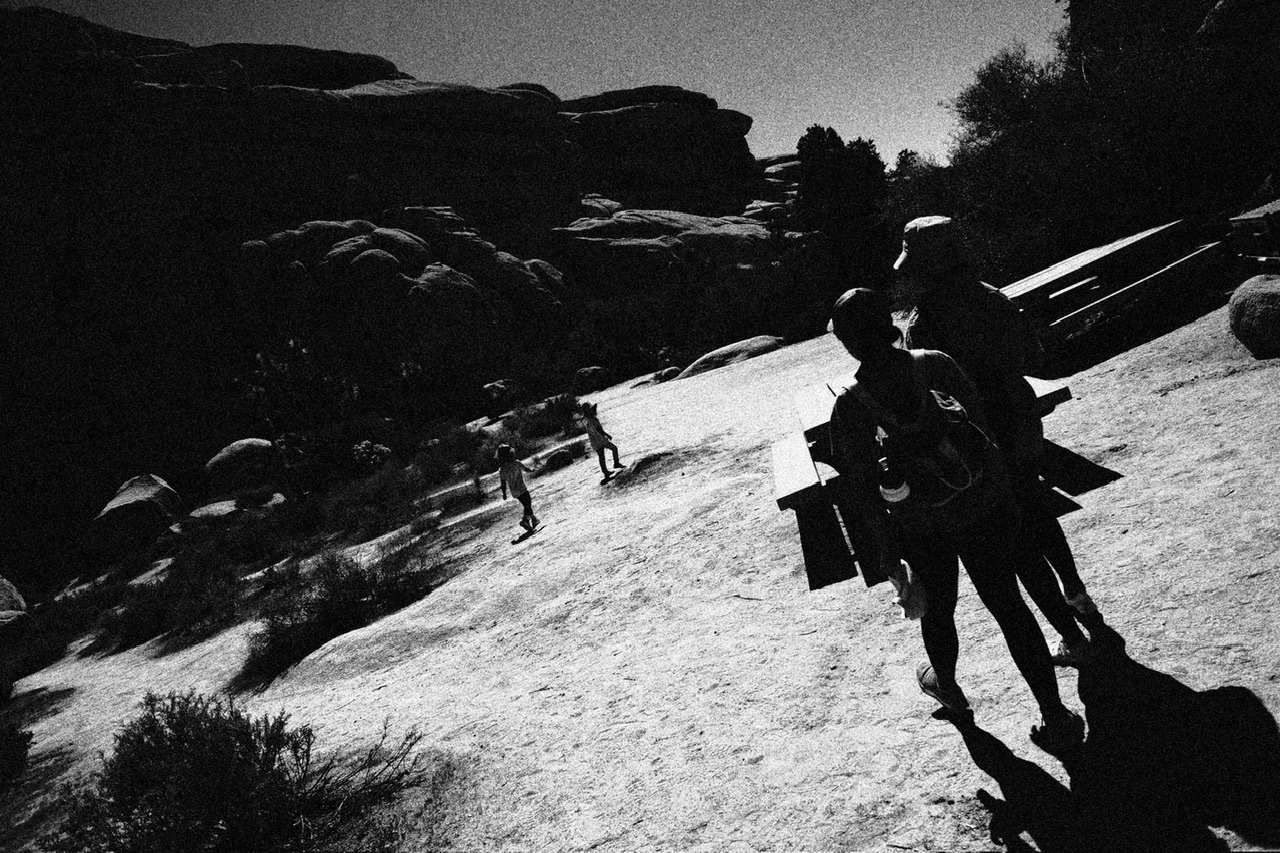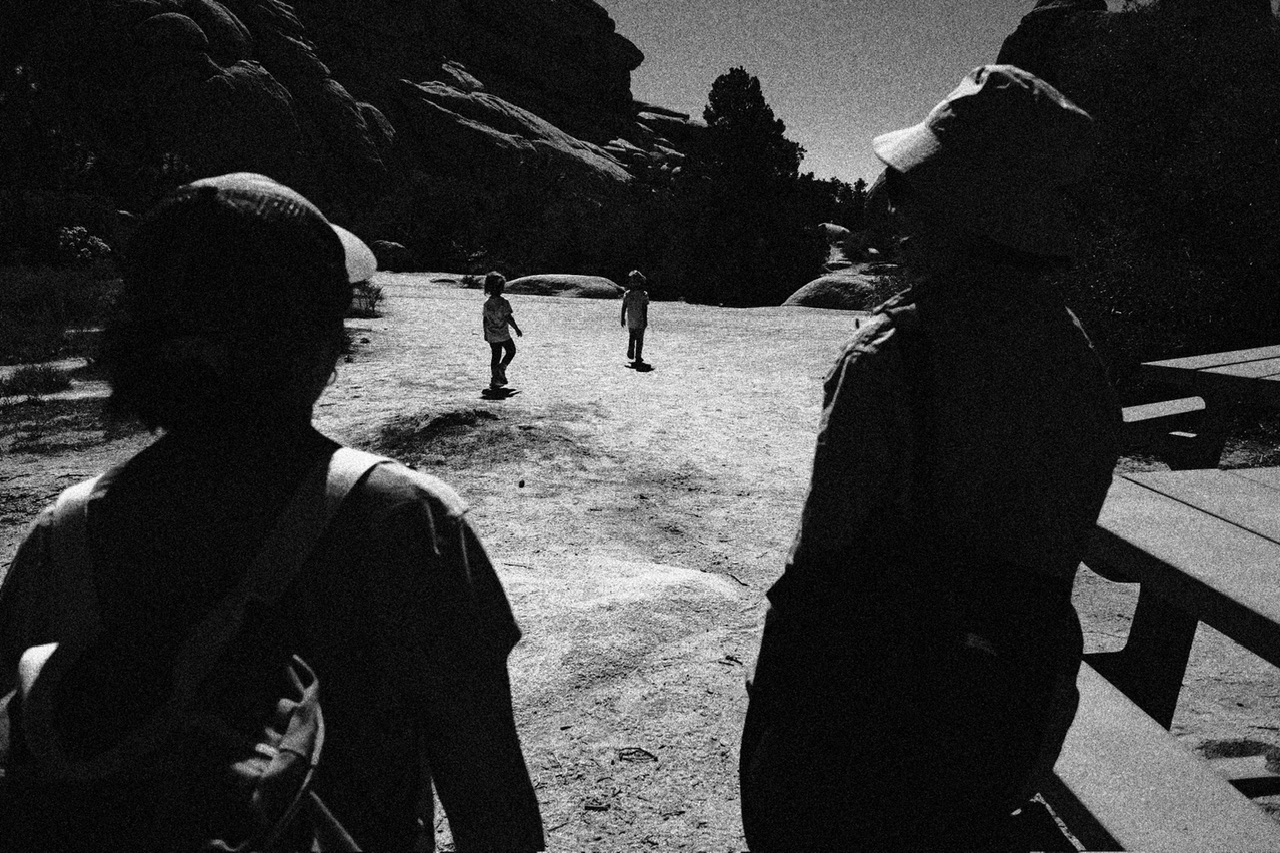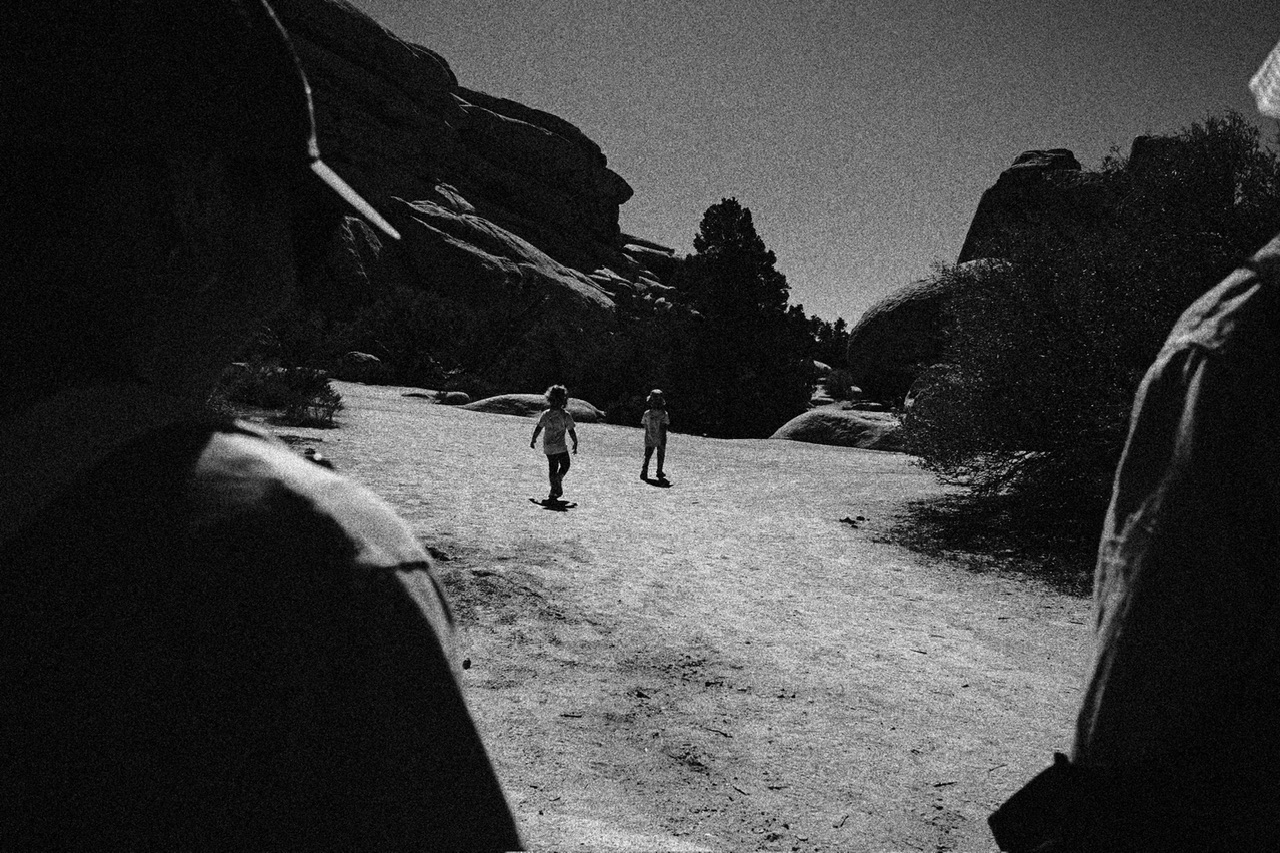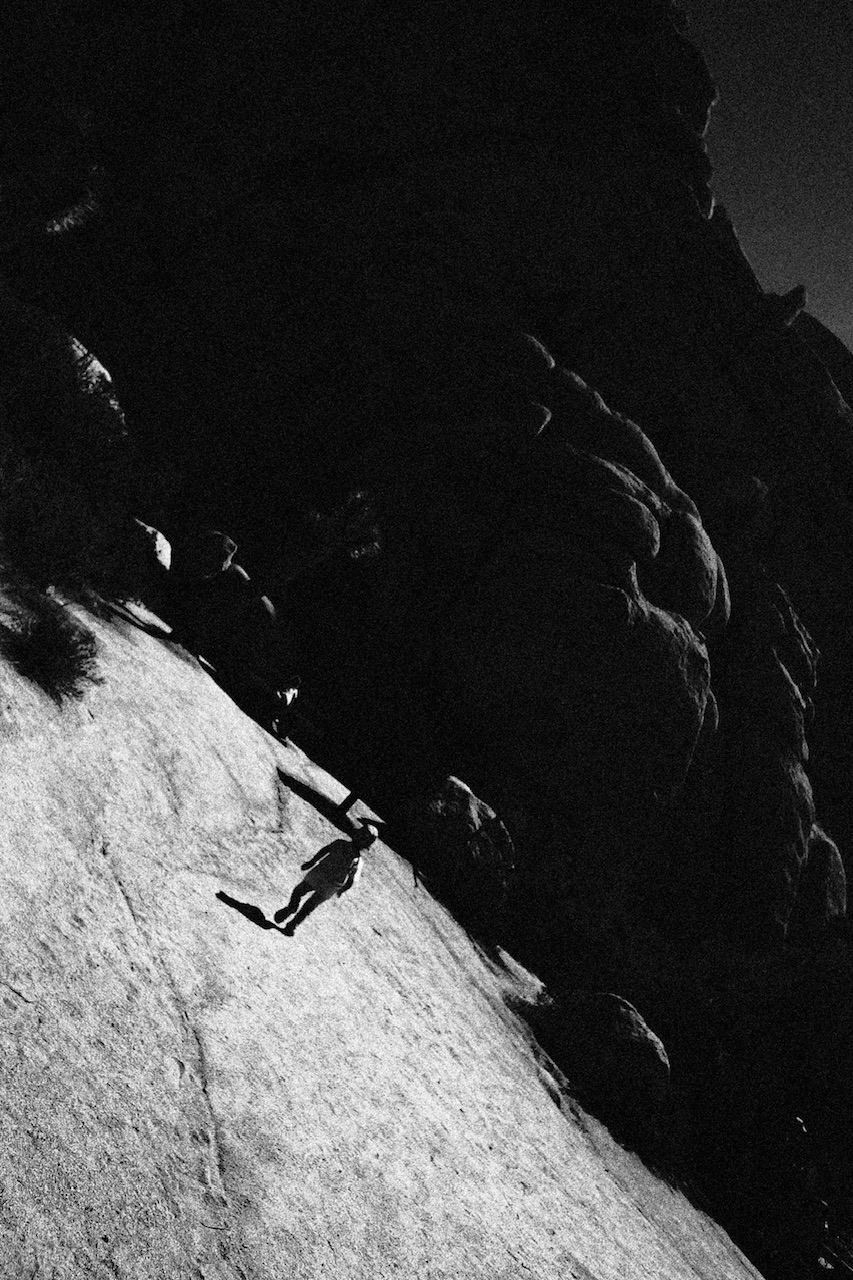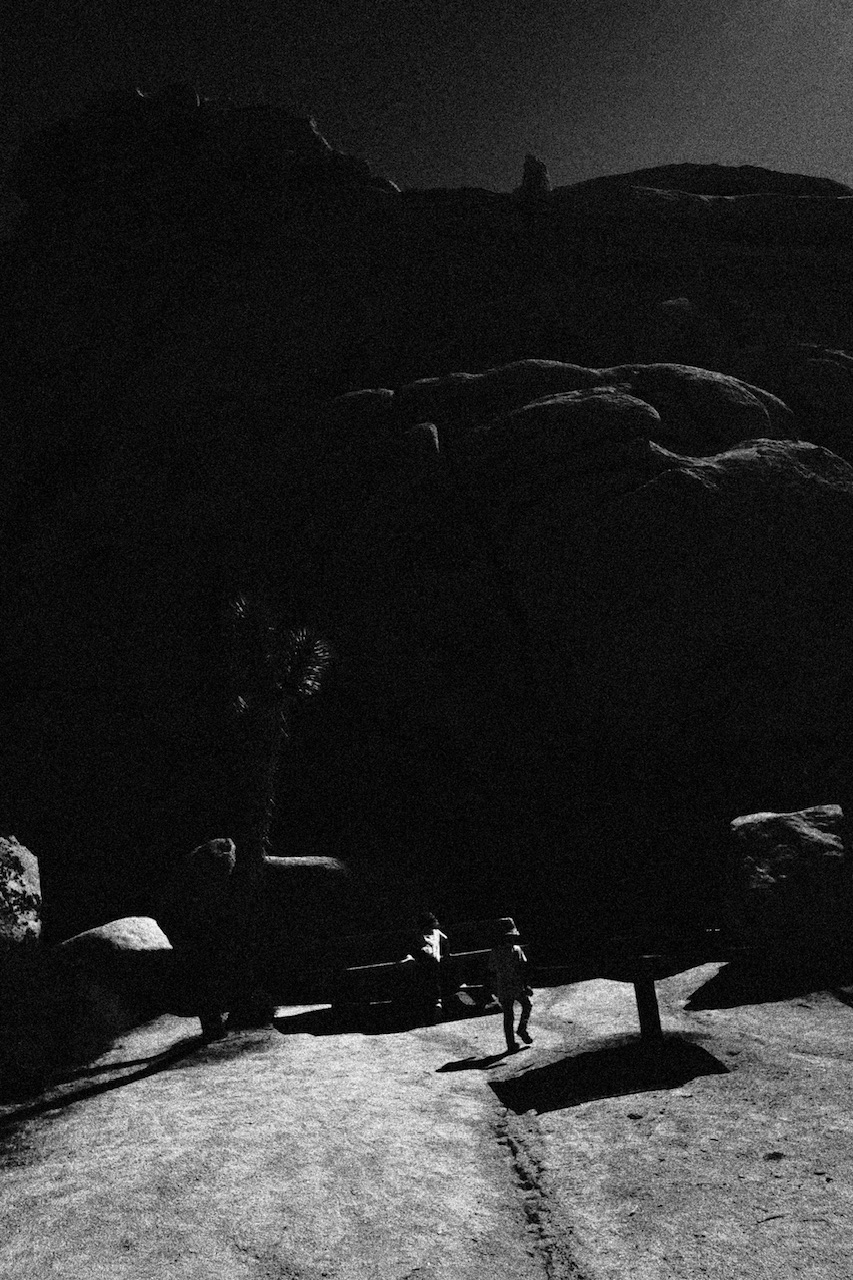Do you want to dominate the AI game and become the ChatGPT power user everyone looks up to? This high-energy guide will show you how. ChatGPT already has over 180 million users worldwide , but only a bold few are unlocking its full potential. By mastering ChatGPT across productivity, creativity, coding, marketing, education, and entrepreneurship, creating your own custom GPTs, and building a personal brand around AI, you can go from casual user to unstoppable force. This blueprint lays out clear steps, insider tips, and growth hacks to help you claim the #1 spot in all things ChatGPT. Let’s dive in!
Harnessing ChatGPT effectively can skyrocket your productivity and creative output.
1. Master ChatGPT as Your All-Purpose Power Tool
To be #1, you must master using ChatGPT in every area of your life and work. ChatGPT is your multitool for productivity, creativity, coding, marketing, learning and more. Here’s how to level up your usage in each domain:
Productivity: Work Smarter with AI
Leverage ChatGPT as a tireless assistant to streamline your daily workflow. Have it draft email responses, meeting agendas, or report outlines to save time. For example, use it to write a quick introduction or summary for an email or blog post – just provide details and let the AI do the first draft . It can also translate text instantly or condense long documents so you get information faster . Automate routine tasks: ask ChatGPT to generate to-do checklists, schedule templates, or even set reminders (via plugins or integrations). One power move is using ChatGPT to plan your day or prioritize tasks – treat it like a personal organizer. The result? You free up time for high-value work while ChatGPT handles the busywork 24/7 without breaking a sweat.
Pro Tips: Be specific about what you need (e.g. “Draft a polite 3-paragraph email asking for project updates, in a casual tone”). Set context like your role or audience so ChatGPT can tailor outputs appropriately. Also, keep separate chats or personas for different projects to maintain focus – for instance, one chat for project A and another for project B. This way, each conversation stays on-topic and ChatGPT maintains the right tone and context . Power users even create custom GPT personas for recurring tasks (more on that later), which keeps your productivity pipeline organized and efficient.
Creativity: Unleash Ideas on Demand
Tap ChatGPT as your brainstorming partner and creative muse. Stuck on a problem or facing writer’s block? Fire up ChatGPT to generate a cascade of ideas. For instance, if you need campaign ideas or product names, prompt ChatGPT with the background and ask for a list of imaginative options. It excels at content ideation – whether it’s suggesting plot twists for your story, concepts for a painting, or topics for your next blog post. In a meeting and need fresh input fast? Open ChatGPT in another window to brainstorm solutions or talking points in bullet form . You’ll get a rapid list of ideas to build on.
To supercharge creativity, role-play with ChatGPT: tell it to act as a witty poet, a marketing genius, or a game designer, depending on your task. By assigning it a creative persona, you get responses in that voice which can spur your own imagination. Always remember to add your personal touch – use ChatGPT’s suggestions as a springboard and refine them with your unique perspective. The combo of AI’s infinite idea generation and your judgment creates magic. No more staring at blank pages – ChatGPT keeps the creative juices flowing.
Coding: Develop Faster with an AI Pair Programmer
Make ChatGPT your coding co-pilot. It can generate code snippets, algorithms, or even entire functions on command, acting like a seasoned developer who’s always available. Use it to brainstorm solutions: describe the programming task in detail and ask for an approach or pseudocode. ChatGPT can outline the steps before you even start coding. Stuck on a bug? Paste the error message or problematic code and let it debug or suggest fixes. It will explain what might be wrong and how to fix it, saving you hours of frustration. In fact, many developers report that GPT-4 has become shockingly good at coding help – often catching mistakes and proposing optimizations that speed up development.
For best results, craft your prompts like you’re talking to a senior engineer. Provide context about the code’s purpose, and even request a certain style. For example: “You are an expert Python developer. Write an efficient function to sort a list of dictionaries by a given key.” By assigning ChatGPT an expert persona and clear task, you’ll get higher-quality, well-structured code . When debugging, ask it to explain step-by-step – this helps you learn and verifies the logic. Another power feature is ChatGPT’s built-in code execution: with Advanced Data Analysis (formerly Code Interpreter), it can run Python code in a sandbox . This means you can have ChatGPT write and execute code to test it or analyze data on the fly! For instance, you can upload a dataset and let ChatGPT’s Python skills generate insights or charts for you. Always double-check the outputs and do your own testing (AI can make mistakes), but used wisely, ChatGPT will dramatically accelerate your coding workflow. You’ll be shipping projects faster than ever, effectively working with an AI pair programmer who writes, reviews, and refactors code alongside you .
Marketing: Scale Your Reach and Creativity
In marketing, ChatGPT is the ultimate growth hack. It can ideate and produce content at scale, giving your campaigns a creative edge. Use it to generate social media posts, ad copy, blog ideas, and more in seconds. For example, if you need a week’s worth of Twitter content or Instagram captions, prompt ChatGPT with your topic and brand voice – it will spit out a batch of catchy posts ready to refine. Brainstorming a campaign? ChatGPT can act as your creative team, pitching slogans, angles, even storyboards. Marketers also use it for rapid A/B testing of copy: ask for 10 variations of a headline or CTA, then pick the best . It can generate dozens of email subject lines or product descriptions on the fly, injecting fresh ideas into your marketing materials .
ChatGPT isn’t just a content mill – it’s also a strategist. You can have it analyze your target audience or even perform a quick market research summary. For instance, ask “What are current trends in [your industry], and how can a new entrant stand out?” and it will outline key trends, customer pain points, and possible differentiators. It won’t have live data, but it’s great for synthesizing known information. It can even help with competitor analysis by comparing marketing approaches (just feed it what you know about competitors). By automating content creation and getting strategic insights, you’ll execute marketing tasks in a fraction of the time. 51% of marketers are already using generative AI like ChatGPT , so to be #1 you need to go beyond. Use ChatGPT to do what others do faster and then add your own creative twist that machines can’t. The result: more content, more campaigns, and more engagement – achieved with less grind. (Just remember to keep your content human-reviewed so it truly resonates!)
Education: Learn and Teach with an AI Tutor
ChatGPT is a game-changer for both learning new things and teaching others. As a learner, treat it as your on-demand tutor. You can ask it to explain complex concepts in simple terms, or even “explain like I’m 5” for a ultra-basic breakdown. For example, if you’re grappling with a difficult topic (say quantum physics or advanced economics), prompt ChatGPT to give a step-by-step explanation or a real-world analogy. It will patiently walk you through the concept as many times as needed, without any judgment. You can also have it quiz you: “Create a 5-question quiz to test my understanding of this concept, and then provide the correct answers and explanations.” This turns studying into an interactive session. Learning a new language? Use ChatGPT to practice by having simple conversations or asking it to explain grammar rules and give examples. The AI’s knowledge is vast, so you have a tutor for any subject at your fingertips.
For educators and content creators, ChatGPT can dramatically speed up prep work. Use it to draft lesson plans, lecture outlines, or educational content tailored to any level. Provide the learning objectives and audience (e.g. “Create a lesson plan about photosynthesis for 8th graders, 30-minute class”) and let ChatGPT produce a structured plan with activities and discussion points. Many teachers have found that ChatGPT can generate detailed lesson frameworks in seconds – one study showed teachers saved about 25 minutes per week (a 31% reduction in planning time) by using AI for lesson prep . It’s like having a teaching assistant who can whip up worksheets, quiz questions, or even simplify complex text for different reading levels. When communicating with parents or students, you can draft emails or announcements with ChatGPT’s help, ensuring professionalism and clarity (just infuse your personal tone in a final edit).
Important: In an education setting, always review and verify AI-generated content for accuracy and appropriateness – use ChatGPT as a starting point, then apply your expertise. When you master this balance, you’ll provide high-quality education materials faster than ever, establishing yourself as a forward-thinking educator. Whether you’re a student or teacher, integrating ChatGPT into learning means continuous improvement at lightning speed, helping you stay ahead of the curve.
Entrepreneurship: Innovate and Lead with AI
For entrepreneurs and business leaders, ChatGPT is like having a consultant, analyst, and intern all in one. It can boost nearly every aspect of your business. Use it for big-picture thinking: for instance, ask ChatGPT to conduct a SWOT analysis for your startup idea or existing business. Feed it details about your business and market, and it will outline strengths, weaknesses, opportunities, and threats – a great way to uncover angles you hadn’t considered . It won’t know your business intimately, but by providing context you’ll get a solid strategic overview to refine with your team. ChatGPT can also help with market research and competitive intel. Prompt it with information about a competitor and ask what their next moves might be, or have it summarize trends in your industry. While you should verify with real data, the AI’s analysis can broaden your perspective and prepare you for strategic decisions .
On an operational level, leverage ChatGPT to streamline business processes. You can generate draft business plans, investor pitch decks (outline the sections and content, then polish the wording), and even customer support scripts or FAQs. Many small business owners use ChatGPT to outline SOPs (Standard Operating Procedures) or first drafts of training manuals. For example, ask it: “Outline an employee onboarding process for a new hire at a software company” – it will produce a step-by-step onboarding plan which you can then customize. This saves tons of time in creating internal documents. In fact, incorporating ChatGPT into employee training programs can provide instant Q&A for trainees and create new tutorials or quizzes on the fly . It’s like an interactive handbook available to your team 24/7. Additionally, use ChatGPT to improve your internal and external communication. It can translate technical jargon into plain language for a non-technical team, draft memos or announcement emails, and ensure your message is clear and engaging .
When it comes to innovation, treat ChatGPT as a brainstorming partner for product ideas or improvements. Challenge it with problems you’ve observed (“Customers hate waiting in line”) and ask for creative solutions – it may suggest service tweaks or product features that spark your next big pivot. Bold entrepreneurs even use ChatGPT for scenario planning: e.g. “What might happen if a new competitor enters my market with XYZ approach, and how could we respond?” The AI will outline possible scenarios and responses, helping you mentally rehearse challenges and opportunities. By integrating ChatGPT deeply into your business strategy and operations, you’ll move faster and smarter than the competition. You’re essentially adding an AI brain to your core team – one that can generate ideas, content, and analysis on demand. The result is a massive acceleration in your ability to plan, execute, and adapt in your business, positioning you (and your company) as a dominant force in the market.
Insider Insight: Throughout all these domains, the key to mastery is iterative prompting and feedback. Don’t settle for the first answer if it’s not spot-on. Refine your prompt, or ask ChatGPT to adjust the output (“Please make it shorter and more casual” or “Give me 3 more options with a humorous tone”). High achievers use ChatGPT in a loop – they prompt, review, clarify or tweak, and prompt again – effectively training the AI to produce exactly what they envision. Also, always apply your human judgment. ChatGPT can sometimes produce incorrect information or odd suggestions. Always double-check crucial facts and numbers (your reputation depends on accuracy) . Think of ChatGPT as an immensely capable assistant: it will do 90% of the grunt work in seconds, but you provide the critical 10% finesse and oversight that makes the output truly top-tier.
2. Create a High-Performing Custom GPT (Be the Builder, Not Just a User)
True ChatGPT masters don’t just use AI tools – they build their own. OpenAI’s platform now lets you create Custom GPTs (your personal AI chatbots with specific skills and personalities). Imagine having an AI you designed, under your brand/name, that others use and love. That’s a fast track to being #1 in the ChatGPT ecosystem. Here’s how to craft a top-performing GPT that could even hit the “Top GPTs” Explore page:
The ChatGPT “Explore” page allows creating and browsing custom GPTs (user-built AI assistants). You can design a GPT for any specific purpose or niche.
Understand the Opportunity: OpenAI introduced user-made GPTs in Nov 2023, allowing anyone to create custom versions of ChatGPT with tailored instructions, knowledge, or tools . Since then, thousands have been built – by end of 2024 there were over 159,000 public GPTs published . However, only a small fraction gain significant traction (most have few users). This is your chance to join the elite ranks by building a GPT that stands out. Whether it’s a StudyBuddyGPT that aces homework help, a CodeMentorGPT specialized in debugging, or a fun RecipeGuruGPT for foodies – a successful GPT can get millions of uses and cement your status as a top creator. The key is to identify a real need or brilliant niche idea and execute it well.
Step 1: Pick Your Niche & Value Proposition. Start with a clear purpose: what will your GPT do, and for whom? The most popular GPTs solve specific problems or offer unique experiences. Perhaps you’ve noticed a gap – e.g., entrepreneurs need better financial planning help, or gamers want an RPG story generator. Maybe you have expertise (legal, medical, etc.) and can encode that into a GPT. Choose something you’re passionate and knowledgeable about, because you’ll refine this GPT to perfection. The idea should be valuable (saves time, entertains, educates, etc.) and ideally something that generic ChatGPT doesn’t do out-of-the-box. Bold move: Aim high – design your GPT as if it could replace a basic job role or become the go-to assistant in its category (e.g., “Social Media Post Generator”, “Personal Fitness Coach GPT”, etc.).
Step 2: Use the GPT Builder – No Coding Needed. OpenAI’s interface makes creation simple. Go to the Explore page in ChatGPT and click “Create a GPT” . This opens the GPT Builder, which has two parts: Create (a natural language setup) and Configure (fine-tuning settings). In the Create tab, you’ll start by describing in plain English what your GPT should be. For example: “An AI financial advisor that gives budget planning and investment tips to young professionals.” The builder will often ask a few questions to help flesh out the idea. After that, head to Configure to tweak the details .
When configuring, you’ll define key elements: a Name (make it catchy and clear), a Description (this is what users will see in the GPT store – sell it in one line), and most importantly, Instructions. Instructions are essentially your GPT’s brain – you’ll input system-level guidelines for how it should behave and what knowledge it should use. Write instructions that are as detailed and specific as necessary. Include the scope of what it can do (e.g., “You are an AI tutor specialized in high school math and science. You can access formulas and explain concepts step-by-step…”), the tone or style it should have (friendly, formal, humorous, etc.), and formatting preferences for answers if any. Essentially, transfer your expertise and desired behavior into these instructions so the GPT consistently delivers the experience you envision .
Step 3: Add Knowledge and Skills. This is the secret sauce that makes your custom GPT powerful. Beyond its base AI model, you can upload reference content or enable tools to give it superpowers . For example, upload PDFs or text files containing relevant knowledge (company manuals, textbook chapters, product catalogs, your own writing, etc.). These become the GPT’s private knowledge base it can pull facts from – massively reducing hallucinations and improving accuracy. If you’re building “FitnessCoachGPT”, you might upload workout guides or nutrition tables so it has credible info to cite. Next, toggle on any built-in tools that fit your GPT’s purpose. You can allow web browsing, so the GPT can fetch current info (great for newsy or research GPTs). You can enable Code Interpreter (Advanced Data Analysis) so it can run code or do math – useful for data-heavy or analytical assistants . You might enable image generation (DALL-E) if visuals are relevant (e.g. an interior design GPT that suggests room layouts and generates example images). Choose tools that genuinely enhance your GPT’s utility. Many top GPTs integrate web search or specific plugins to extend what they can do beyond a vanilla chatbot .
For truly advanced functionality, you can even add custom Actions (API integrations) – essentially like creating your own plugin. This requires linking an external API via an OpenAPI spec. For instance, if you build a “CryptoGPT” you might connect it to a live crypto prices API so it can give real-time quotes. The GPT builder lets you add such actions by providing the API details . This is optional, but a killer feature if your GPT needs external data or the ability to perform transactions (imagine a GPT that can place orders or book appointments via an API!). It’s how you give your GPT unique capabilities that few others have . If you’re not a coder, you can skip custom APIs – you’ll still have plenty of power with knowledge uploads and built-in tools.
Step 4: Test and Refine for Excellence. Before sharing your GPT with the world, rigorously test it. Treat it as a product in beta. Try a variety of questions and tasks to see how it responds. Does it stick to its specialization? Are the answers accurate and helpful? If you find weaknesses – e.g. it gives a wrong answer from outdated data or it doesn’t follow the desired tone – go back into the instructions or add more knowledge to correct that. Iteratively refine the prompt and settings. You might need to adjust the system message to handle edge cases (like “If asked something outside your domain, politely refuse” to keep it focused). Also consider the user experience: are the responses too verbose or too terse? You can adjust that in instructions (e.g. “Give answers in 2-3 short paragraphs maximum.”). Aim for a balance of accuracy, clarity, and personality – top GPTs often have a bit of flair (a catchy assistant persona) while delivering solid value. If possible, have friends or colleagues try it out and give feedback on quality.
Step 5: Publish and Promote. Once you’re proud of your GPT’s performance, hit Save/Publish. You can choose to keep it private (just for you or your team) or make it public on the GPT Explore page for the community . To climb the ranks, public is the way to go – but only do this when your GPT truly shines. A polished GPT with a clear name and description will attract users in the Explore listings. The ranking algorithm isn’t public, but it likely factors in usage and user ratings. In the early days, GPTs with tens of millions of conversations and tens of thousands of upvotes dominated . Now, newer GPTs can rise if they get rapid engagement. Encourage people who try it to leave a good rating if it helped them. A surge of happy users gives your GPT momentum.
Don’t just wait for organic discovery – promote your GPT externally (more on this in the next section). Share the direct link on social media, in relevant forums, or with communities who would benefit. For example, if you built a coding helper GPT, post about it on a programming forum or in a developer Slack group. Not only will you get users, you’ll build your reputation as the creator of that cool GPT. Keep an eye on usage stats (OpenAI may provide some analytics for your GPTs) and feedback. Continue updating your GPT to improve it – treat it like a living product. This commitment to quality will show, as your GPT maintains high ratings and usage over time.
Aim for the Top: To be a widely used GPT, yours should ideally do something measurably better than the default ChatGPT. Either it’s more knowledgeable in a niche, more convenient for a certain task, or more fun. Study the current top GPTs for inspiration: you’ll find examples like “ScholarGPT” for academic research, “HackerNews GPT” for news summaries, “Travel Guide” GPTs, etc. Notice what they do well and where you can differentiate . Perhaps your GPT combines skills in a novel way (e.g. a “Language Tutor GPT” that can teach Spanish with images, quizzes and conversation practice – using a combo of tools and persona). Innovate and don’t be afraid to push the envelope. Being #1 means you set the trend. Who knows – your custom GPT might become the next big thing on the platform, with thousands of users relying on it daily. That not only boosts your cred in the ChatGPT world, but if you attach your name/brand to it, it’s a massive personal branding win too.
3. Maximize Your Visibility and Reach
It’s not enough to build skills and great custom GPTs – you need to get noticed. To truly become #1, you must build an audience and community around your ChatGPT expertise and creations. This section is all about growth hacks, promotion, and networking to amplify your reach:
Become a Recognized Expert in Communities
Join and actively participate in AI and ChatGPT communities where enthusiasts and professionals gather. The more you share and engage, the more you’ll be seen as a go-to person. Start with Reddit – r/ChatGPT (with 1.8+ million members) is the biggest hub for prompt engineering discussions . Share useful tips, answer newbie questions, and humbly showcase cool things you’ve done with ChatGPT (a clever prompt you designed, or results from your custom GPT). There’s also r/PromptEngineering for more specialized prompt craft talks, and subreddits for specific domains (e.g. r/Marketing, r/Entrepreneur) where you can drop nuggets of how you use ChatGPT to solve problems in those fields. Be genuine and helpful – no spam. Over time, people will start recognizing your username and expertise.
Dive into Discord and Slack communities as well. OpenAI has an official Discord server with channels for discussions, and other popular Discords like FlowGPT (one of the largest prompt-sharing communities) or Prompt Engineering Hub are goldmines for networking . Attend community-run events, prompt contests, or hackathons (some communities host prompt battles or “build-a-GPT” competitions). By collaborating and competing, you’ll sharpen your skills and get your name out there.
Don’t overlook platforms like Stack Exchange (the AI section) or Quora – people ask many ChatGPT-related questions there. Provide insightful answers (with your own twist or example) and you can attract followers outside the core tech crowd. Consistency is key: make it a habit to contribute regularly. When you release something cool (like a new GPT or a guide), these communities will be the first to amplify it if you’ve built goodwill. Essentially, you’re planting seeds in every community – soon, you’ll be known across subreddits and Discords as “that ChatGPT guru who always has great advice.”
Share Your Work and Give Value on Social Media
Leverage the power of social networks to increase your visibility. Twitter (now X), LinkedIn, TikTok, YouTube – find the platforms where your target audience hangs out and establish a presence there, showcasing your ChatGPT journey. For example, on Twitter/X you could share daily prompt tips or interesting use-cases (“ChatGPT hack of the day…”). These bite-sized tips can go viral in the tech and productivity circles. LinkedIn is great for more professional storytelling: write posts about how you solved a business problem using ChatGPT or a case study of implementing an AI strategy. This attracts entrepreneurs, execs, and recruiters who might seek your expertise.
Show, don’t just tell. People love seeing results. Did you use ChatGPT to write a 1000-word article in 15 minutes? Maybe post a before-and-after snippet. Did your custom GPT hit 10k users? Share that milestone and what users are saying. By celebrating your wins (and even lessons from failures), you demonstrate credibility. Also, consider starting a dedicated “ChatGPT Mastery” blog or newsletter. You can do this on Medium, Substack, or your own website. Write deep-dives on prompt engineering techniques, or “How to use ChatGPT for X” guides. Over time, this content will draw an audience (it’s great for SEO too – many people search for ChatGPT tips). Citations and evidence of your claims (like saving time or boosting productivity) will make your content stand out as trustworthy.
A high-leverage move is creating video content. YouTube is the #1 social traffic source for ChatGPT-related interest , meaning people flock to YouTube to learn about AI. Start a YouTube channel where you give prompt tutorials, or demo your custom GPTs in action. For example, a screen recording showing how your “TravelPlannerGPT” builds a full itinerary in 2 minutes can captivate viewers. You don’t need fancy equipment – clear audio and screen sharing of ChatGPT is enough. If you’re comfortable on camera, even better: let people see the person behind the expertise. You could also do quick TikTok or Instagram Reels: “3 ChatGPT tricks in 30 seconds” – these can reach a huge audience quickly due to shareability. As you create content, always include a call-to-action for viewers to try your GPT or follow you for more tips. Over time, these channels compound your reach and funnel more people into your circle of influence.
Collaborate and Network to Amplify
To expand your reach further, collaborate with others in the AI and tech space. Appear on podcasts or webinars talking about ChatGPT mastery (many tech YouTubers and podcasters are looking for AI experts to interview – you can pitch yourself once you have some content to show). Guest post on popular blogs or publications – for example, write an article for a marketing blog about “Top 5 ChatGPT Hacks for Marketers” (plugging your own insights and GPT in the process), or an entrepreneurship site about “How AI can accelerate startup growth”. This exposes you to new audiences and builds credibility through association.
Joining or forming a mastermind group with like-minded AI enthusiasts can also help. You share each other’s content, cross-promote on social media, and keep motivated. If you build a really useful GPT, consider partnering with a brand or community to get it out there – for instance, a coding forum might feature your CodeGPT if it helps their members, or a language learning community might adopt your translation GPT. Think outside the box: you could offer to run a free workshop or live demo for a community (e.g., a live Q&A where you show how to solve audience problems using ChatGPT in real-time). This not only helps people (instant value) but also showcases your expertise in action.
Key tip: Always provide value first. Instead of “Please use my GPT!”, frame it as “Here’s something that will save you 2 hours – I built an AI tool that…”. When people benefit, they’ll naturally share it. Also, be responsive and engage with your growing audience. Reply to comments, thank people for feedback, and keep improving your offerings. This human touch in a world of AI content will set you apart. People follow individuals who are not only skilled but also authentic and helpful.
Optimize Your Presence on the ChatGPT Platform
Within ChatGPT itself, ensure your contributions are easily discoverable. If you have public GPTs, optimize their title and description with keywords so users can find them via search. For example, if someone searches “email writer” in the GPT store, your GPT named “Email Assistant – Polished Business Emails” will rank higher than something with a vague name. The description should clearly state what it does and any special features. Keep it concise and compelling – this is effectively ad copy to convince someone to try it.
Encourage satisfied users to leave positive reviews/upvotes for your GPTs. High ratings and usage will push your GPT up the popularity lists. If your GPT is solving a genuine need, don’t be shy to ask: e.g., a simple note like “If you found this GPT helpful, please give it a thumbs up so more people discover it!” can boost engagement. Also stay active on the OpenAI forum and feedback channels. Often, top GPT creators are invited to share insights or even collaborate on improvements. By being at the forefront, you might get early access to new features that can give you an edge (imagine being the first to integrate a new API or use a new 32k-token model in your GPT).
Lastly, track what works and double down. If you notice one particular blog post or tweet got massive engagement, analyze why and do more of that. If a certain community is super receptive to your content (say, a Facebook group for educators loved your “ChatGPT for Teachers” guide), continue contributing there and build your reputation in that niche. Over time, these pockets of influence combine, and your name will become synonymous with ChatGPT excellence.
Consider Monetization (Optional but Powerful)
While your primary goal is mastery and reach, monetizing some of your ChatGPT-related work can both earn income and elevate your status. Examples: create a premium course or e-book on advanced ChatGPT techniques. By 2025, many are willing to pay to learn AI skills – if you are truly #1, people will want to learn from you. Platforms like Udemy, Gumroad, or Teachable can host your course. Even a short PDF guide of “100 Proven ChatGPT Prompts for Entrepreneurs” could sell well. This not only makes money but cements you as an authority (someone selling expertise is perceived as an expert, and success stories from your students will further bolster your reputation).
You can also freelance or consult using your ChatGPT skills. Offer services like AI prompt engineering consulting or ChatGPT workflow automation for businesses. Early adopters in various industries need guidance to implement AI – you can be the expert they hire. Imagine being “Head of AI Enablement” for several companies on a contract basis, where you train their staff and set up ChatGPT systems for them. Not only is this lucrative, but each successful engagement is a case study you can publicize (with permission) to gain more clout.
If your custom GPTs are particularly valuable, you might charge for access or usage through OpenAI’s system (when that becomes available). For example, a specialized legal advisor GPT could be offered as a paid service. Or you integrate your GPT into a simple web app and put a subscription on it. This crosses into entrepreneurship, but it’s the ultimate flex: you’ve built something with ChatGPT that people will pay for. Few others reach that level, putting you firmly at the top of the game.
Remember: Visibility is compounding. The more people see your name attached to high-quality content and tools, the more doors open. Keep delivering value, stay authentic, and your influence in the ChatGPT world will skyrocket.
4. Leverage ChatGPT for Brand and Business Dominance
This final piece of the puzzle is about translating your ChatGPT mastery into long-term personal brand authority and business dominance. It’s where you go from being a skilled user/creator to an industry leader supercharged by AI. Here’s how to make ChatGPT an integral part of your brand and strategy:
Establish Your Personal “AI Brand”
By now, you’ve likely carved out a niche – whether it’s “the person who uses ChatGPT for marketing like a boss” or “the developer who builds amazing GPT tools”. Reinforce this branding in all your channels. Update your bios on LinkedIn, Twitter, etc., to reflect your ChatGPT expertise (e.g., “AI Prompt Engineer & Top ChatGPT GPT Creator”). When someone thinks “Who can help me implement AI in my workflow?”, your name should spring to mind.
Continue sharing success stories of how you or others benefited from your ChatGPT skills. Perhaps write a full case study on a major achievement (e.g., how you used ChatGPT to grow a startup’s sales by 30%, or how your custom GPT got 100,000 users). Publish it on your blog or LinkedIn article – these stories both inspire others and function as portfolio pieces demonstrating your capabilities. Speaking engagements can also massively boost your personal brand: apply to speak at industry conferences or webinars about AI. Even local business events or online meetups are great; many organizations are looking for experts to demystify AI for their audience. You could present “The Future of Work with AI – How I became 10x more productive with ChatGPT” or similar. Public speaking not only cements your authority but often leads to new connections and clients.
Stay updated on the latest from OpenAI and the AI world (which you likely do as an enthusiast). When new features drop (like a GPT-5 model, or new plugin capabilities), be among the first to experiment and comment on them publicly. This makes you a thought leader on the cutting edge. For instance, if GPT-5 launches with new abilities, write a quick analysis or do a video that day on how it impacts your field. Early insights get shared widely. As you build this thought leadership, your personal brand evolves from “ChatGPT expert” to “AI innovator and leader”.
Integrate ChatGPT Into Your Business or Startup (and dominate)
If you run a business or are starting one, ChatGPT should be woven into its DNA to give you an unbeatable edge. Use it internally to scale your operations efficiently – we discussed making SOPs, handling support drafts, etc. The more you automate via ChatGPT, the leaner and faster your business can move compared to competitors. For example, if competitors take a week to produce content or analyze data, but you do it in a day with ChatGPT helping, you can outpace them consistently. Emphasize in your business narrative that you leverage cutting-edge AI – this is attractive to investors, clients, and partners, as it signals you’re forward-thinking and efficient.
Consider offering AI-enhanced services. Whatever your business does, think how AI can add value for your customers. If you’re a marketing agency, use ChatGPT to provide clients with instant content drafts or AI-powered campaign ideas (they’ll love the fast turnaround). If you’re in consulting, use it to crunch data or simulate scenarios live during meetings. By delivering results faster and perhaps even cheaper (since AI saves time), you’ll start pulling ahead in customer satisfaction and capacity. You can take on more projects without more staff, scaling your revenues.
Moreover, position your business as a leader in AI adoption in your industry. Publish insights not just under your name but as company whitepapers or blog posts (“How [Your Company] uses AI to deliver better results”). This helps in PR – media might feature you as an example of innovative AI use. Awards or recognition may follow, further establishing dominance.
If you’re still solo or just building your venture, treat ChatGPT as your startup team. It’s like having marketing, finance, and engineering assistants on call. You can brainstorm product ideas, write code prototypes, draft pitches, all with AI’s help, meaning you can iterate rapidly. This lets you punch above your weight and compete with larger players. Many new startups in 2025 are “AI-first” – by being #1 in ChatGPT, you already have that advantage built-in.
Maintain High Standards and Ethics
Dominance isn’t just about volume and speed – it’s also about trust and quality. As you leverage ChatGPT widely, maintain a high standard of integrity. Always verify critical information in business contexts (financial figures, legal advice, etc.) before acting, to avoid AI-induced errors. Incorporate human review in your processes where needed. When you produce content or tools with AI, ensure they are accurate and fair. This will distinguish you in a landscape where some may cut corners by blindly trusting AI outputs.
Be transparent (to a reasonable degree) about your use of AI. Clients and audiences appreciate honesty that some content was AI-assisted when appropriate. For example, if you auto-generate parts of a report, you might mention that you used an AI tool you developed to gather initial data, and then you validated it. This openness can enhance your credibility – you’re not just using AI, you’ve mastered it to a point where you even discuss it confidently.
Also, consider the broader impact: as a top figure in the ChatGPT space, you’ll be seen as a representative of AI’s potential. Uphold ethical use – don’t engage in shady prompt hacking, plagiarism with AI, or misuse of the tech. Champion responsible AI use (for instance, discouraging cheating in education or respecting privacy when using user data with AI). This will make your brand respected and trusted, not just famous. In the long run, trust is what sustains dominance. People will prefer to work with and follow someone who consistently demonstrates wisdom in using powerful tools.
Scale Your Influence and Offerings
You’ve built a brand, integrated AI into what you do, and things are humming. Now think scale. Could you create a team or community around your methods? Perhaps hire or mentor juniors to use ChatGPT under your guidance, extending your capacity. You might start an official online community or forum where people share success stories and tips inspired by your approach. This community can have your branding (like “[YourName] AI Innovators Club”). As it grows, it feeds a cycle: more success stories attributed to you, more content to share, more business referrals, etc.
Look for partnerships. Maybe co-create a course with a well-known platform, or partner with a software company to integrate your GPT or prompts into their product. For example, if you made a fantastic copywriting GPT, a content platform might integrate it (with attribution). These partnerships can dramatically increase your reach to user bases you’d otherwise not touch.
Keep innovating. The AI field evolves quickly. Stay not one, but two steps ahead. Experiment with the latest models, try combining ChatGPT with other AI services (for instance, chaining ChatGPT with image or voice AI for multi-modal products). Your goal is to not only ride the wave but shape it. When you consistently introduce novel uses of ChatGPT that others adopt, you truly cement your #1 status. You become a trend-setter.
And of course, celebrate your journey. Share the milestone when you cross that threshold – whether it’s a certain number of followers, a revenue goal, or a major media mention – not to brag, but to show how far mastering ChatGPT can take someone. It will inspire up-and-comers (who will look to you as a mentor/role model, creating a legacy effect).
Mindset: From User to Unstoppable Force
Being #1 is as much about mindset as skills. Cultivate a mindset of continuous learning, bold experimentation, and resilience. AI is a fast-moving field; be ready to adapt and reinvent yourself as needed. If tomorrow a new model or competitor appears, the #1 person is the one who learns it faster and turns it into an opportunity rather than fearing it. Embrace challenges (e.g., times when ChatGPT gives poor results) as puzzles to solve – this attitude keeps you at the cutting edge.
Stay humble and hungry. Even as you become an authority, keep engaging with the community and learning from others. There’s always a new trick or perspective out there. Humility will also make you more likable and relatable, which only boosts your personal brand.
Finally, remember why you started this journey – likely a passion for technology and helping others or improving yourself. Let that drive shine through. When people sense your genuine enthusiasm and purpose, they’re drawn to you. Combine that passion with the strategic moves in this guide, and you’ve got an unstoppable formula.
⸻
It’s time to level up. You’ve gained the skills, built amazing AI tools, grown your presence, and infused ChatGPT into your brand’s DNA. From here on, you’re not just participating in the AI revolution – you’re leading it. The #1 spot on ChatGPT isn’t a static position; it’s a continuous journey of growth and impact. Use this blueprint as a roadmap and springboard. Now go forth and make your bold moves – the AI world is yours for the taking!
Power User Roadmap: From Novice to Unstoppable Force
Stage Focus & Skills Actions to Level Up
Novice User Basic usage, simple prompts Learn fundamentals of prompting; use ChatGPT for everyday tasks to get comfortable.
Enthusiast Improving prompt clarity and variety Experiment with roles and detailed context in prompts. Start saving effective prompts in a library for reuse .
Power User Advanced techniques, multi-domain mastery Tailor prompts to audience/goal (persona, context, goal method ). Utilize chain-of-thought prompting and ask ChatGPT to clarify questions for deeper interactions .
Creator Building custom solutions (GPTs, tools) Create Custom GPTs to solve specific problems. Integrate plugins or APIs for extended capabilities. Test and refine AI creations rigorously.
Influencer Sharing knowledge and helping others Publish content (blogs, videos) teaching ChatGPT techniques. Engage in communities; start speaking or teaching about AI.
Unstoppable Force Industry leadership and innovation Leverage ChatGPT in business strategy. Pioneer new use-cases. Mentor others in AI. Continue learning new models. Set the trend for how ChatGPT is used at scale.
(The journey above is cumulative – each stage builds on the last. Keep pushing forward, and enjoy the process of becoming truly unstoppable.)






